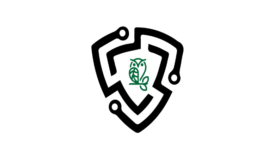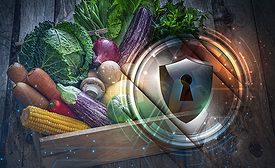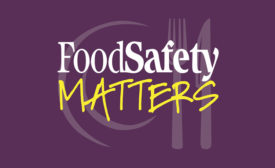Home » cybersecurity
Articles Tagged with ''cybersecurity''
With security threats on the rise, an Information Sharing and Analysis Center (ISAC) is needed for the food and agriculture sector
Read More
BIZTRACKS
Cybersecurity Consulting Firm AnzenSage Launches for Food Industry
March 6, 2023
An Information Sharing and Analysis Center for the Food and Agriculture Sector
The food and agriculture sector is the only U.S. critical infrastructure without a threat Information Sharing and Analysis Center (ISAC)
February 6, 2023
Cyber as a Vital Element in Comprehensive Food Safety and Defense Programs
Food safety professionals must be aware of new challenges and vulnerabilities
June 10, 2022
COVID-19, the Food Supply, and Cybersecurity: Coalescing Concerns
COVID-19 dramatically disrupted the food supply, but we must be prepared to tackle new kinds of disruptions in the future.
February 16, 2022
Never miss the latest news and trends driving the food safety industry
eNewsletter | Website | eMagazine
JOIN TODAY!Copyright ©2025. All Rights Reserved BNP Media.
Design, CMS, Hosting & Web Development :: ePublishing










